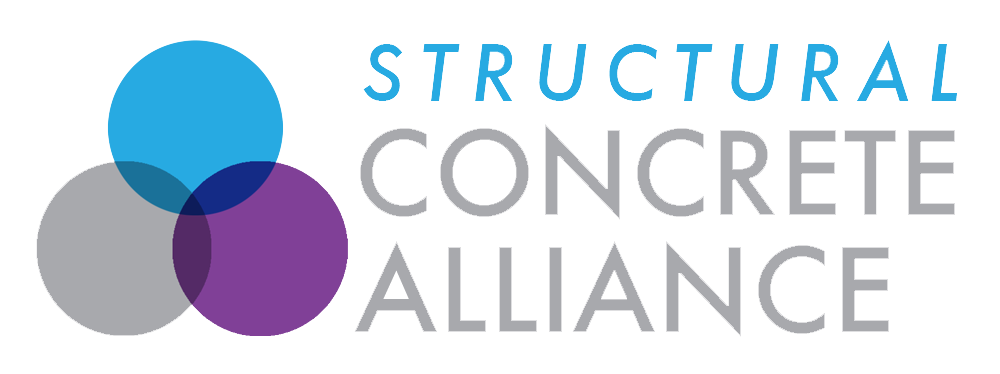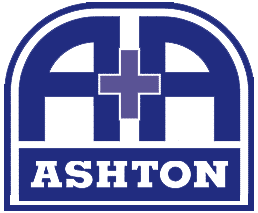Mastic Jointing and Pointing
A&A Concrete Repair Ltd offers a complete service for the preparation and sealing of all types of movement joints. Both new and remedial work is undertaken.

A&A Concrete Repair Ltd offers a complete service for the preparation and sealing of all types of movement joints. Both new and remedial work is undertaken.
This type of joint is not a true movement joint, it is a commonly formed joint in concrete construction and so is included here for completeness. Construction joints can be horizontal or vertical and are formed when placement of the concrete is interrupted for some reason. It may be the end of a day’s work or it may be that some other work needs to be completed before resuming the placement, but the result is the same – a ‘surface’ is formed as the placed concrete cures, and then fresh, plastic concrete is poured against this ‘surface’ as some later point in time.
Allow expansion AND contraction of a concrete slab without generating potentially damaging forces within the slab itself or the surrounding structures. Expansion joints are usually a complete ‘gap’ between adjacent bays, i.e., there is a definite break in the concrete and any reinforcing steel that may be present. Where adjacent bays are ‘tied’ together by means of dowel bars, these dowels are sleeved in one of the bays to allow expansion to take place without generating stresses within the slab.
Also known as ‘shrinkage joints’, this type of joint allows only for contraction or shrinkage of the slab, as can be anticipated during the curing process
All concrete, once placed, will contract slightly during the curing process; this is the primary cause of small surface cracks that appear during the curing process. When set, concrete will expand and/or contract slightly with ambient temperature. It is therefore advisable to incorporate some form of movement joint within larger slabs, particularly those 6m x 6m in plan or larger.
Movement joints are also useful when laying concrete within an area bounded by walls or buildings, or when an object such as a manhole cover has to be incorporated within the slab, as they allow the concrete to expand and/or contract without transferring pressure onto the other structures, causing cracks within the concrete slab, or the wall, MH cover.
As some wit once remarked, “There are only two types of concrete; that which has cracked, and that which is about to crack.” Crack control joints are a partially-formed contraction joint that aims to ensure that when the concrete does crack, it cracks in a predictable manner at a precise location
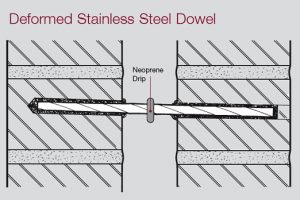
Steel dowels in edge of concrete slab.
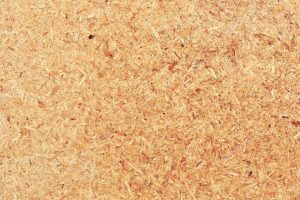
Fibreboard
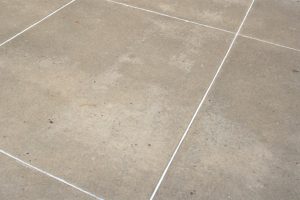
Sealed movement joints.
